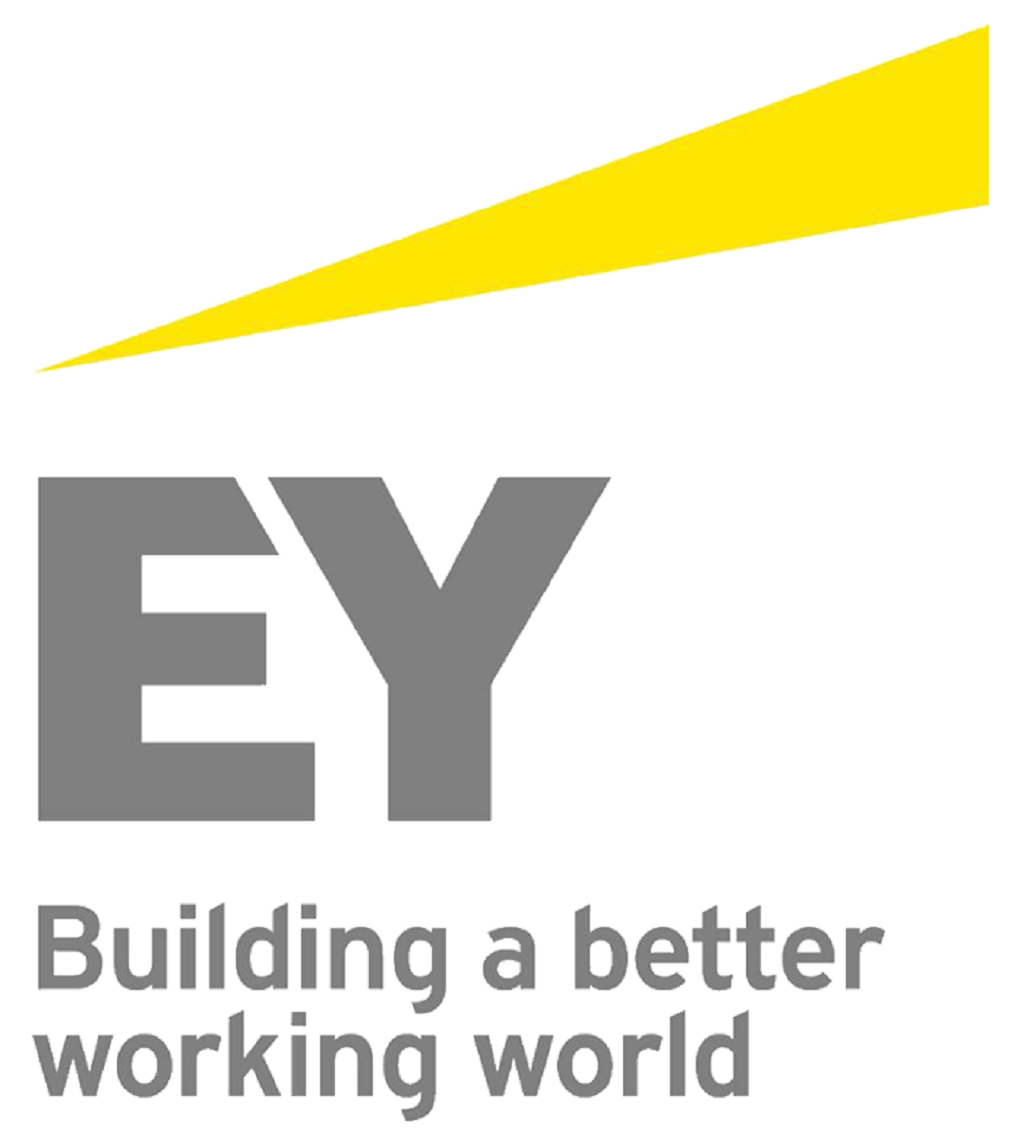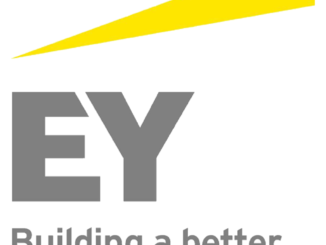Provides an addressable opportunity of over INR2,600b by FY20
New Delhi, 21 February 2017: The auto finance market in India has matured over time, making it one of the most developed auto finance markets in the Asian region. It is a growing market, with 74% finance penetration, and sub 1% Non-Performing Asset (NPA) levels, according to the EY Report: Building a strategic and profitable auto finance portfolio in India.
India is a large automotive market, expected to grow at a CAGR of 13% by value during
FY16–FY26 to reach US$300b. By 2020, India’s vehicle penetration is expected to increase by 50% albeit against a low base. With a population size expected to hit 1.4 billion in 2020, and large majority of the population belonging to the driving age, it provides for one of the world’s most attractive auto markets. The growth in the automotive market is expected to be driven by India’s strong demographic, socioeconomic fundamentals as well as well-developed industry fundamentals, such as credit infrastructure.
Captives have emerged as key contenders in the Indian automotive finance landscape. 75%- 80% finance penetration of OEMs with captives has been higher than that of the overall market, primarily driven by innovative products and campaigns. Captives have been successful as they add value to the entire ecosystem — OEM’s, dealers and customers, particularly by their potential to offer differentiated financing schemes with relatively high levels of customization.
Rakesh Batra, Partner and India Automotive Sector Leader, EY said, “The Indian auto finance market is a key enabler of growth for the automotive market. Both private and captive auto financiers are focusing on building a more holistic relationship with both car buyers and dealers. There is a significant scope of innovation in improving Customer Experience, customer lifecycle management and digital operations.”
Fali J Hodiwalla, Partner, Financial Advisory Services, EY said, “The Indian auto finance market has seen a significant transformation. Key value drivers for the business have increasingly moved towards building a more holistic relationship with both car buyers and dealers, requiring car financiers to relook at their auto business strategy.”
Key drivers to the auto financing strategy, which can significantly enhance the portfolio profitability, are;
- Choose the right segments and target them with the right customer value propositions
- Leverage used car financing — to reduce product life cycle, drive new car sales, enhance brand value and improve yields
- Refinance existing customers, cross-sell and bundle
- Innovate dealer financing to drive retail volumes by leveraging the wholesale-retail linkage
- Explore leasing; it offers a high potential market for captives
- Deploy templatized and micro market model-based application scorecards to drive risk-based pricing
- Create a best-in-class customer experience by enabling instant approvals
- Keep funding costs under control through a mix of short- and long-term funds, and parent guarantees
- Auto financing ROA can touch close to 3% with some or all of these initiatives
It is imperative that Banks and NBFCs position auto financing as an anchor offering and build scale in the business through the right OEM partnerships.
Other key findings
- India has a healthy portfolio LTV (loan-to-value ratio) of 72%, on par with developed countries
- The new Passenger Vehicle financing market is expected to more than double in size to INR 1,600 Billion during the period FY2015 to FY2020
- Promising future for the auto finance industry: 3%-5% increase per annum in ticket size of cars and growth in finance penetration from 74% to 80%
- Stable economic growth: Greater than US$2,000 GDP per capita by 2017 as economy continues to grow at over 7%
- Improved Consumption: 2.5 times growth in consumption by 2025 to reach INR110t versus INR43t in 2010
- Favourable demographics: 925m working age population (15–64 years) by 2020
- Growing Middle Class: 46% middle class population (income level 0.2m–0.5m) by 2025
- Approximately, 80 %of customers would consider buying a car higher than their budget, if attractive financing schemes are available and 58% of dealers believe differentiated finance products can lead to more than 10% increase in sales
- Vanilla loans continue to dominate the Indian market landscape with approximately 95% market share, as their ease of availability and simple structure attracts majority of customers
- 70% of the compact car owners are under 35 years of age; 36% of the premium cars owners have bought their cars exchanging their old ones
- 40% of customers change cars within four to six years, followed by approximately 30%, who do so in two to four years. 40% of the used car buyers are below 30 years of age
- 50% of dealer profitability comes from servicing and accessories, followed by insurance, new car sales and then finance commission
- Inventory funding is over 70% of a typical dealer’s funding requirement, making it the focal point of captive-dealer relationship
- INR126b Potential leasing opportunity from the corporate segment assuming leasing penetration reaches at par with international markets
- INR1m is the average leasing ticket size as compared with average PV loan disbursement of INR380,000. 10-15% is the Projected growth in PV leasing till FY20. 10-15% Net benefit to customers of lease over loans and expected to increase post GST implementation assuming a favourable rate structure for the automotive sector
- 57% of the surveyed dealers recommend financing on the basis of the customer profile and TAT’s(Turnaround Times) for loan processing

